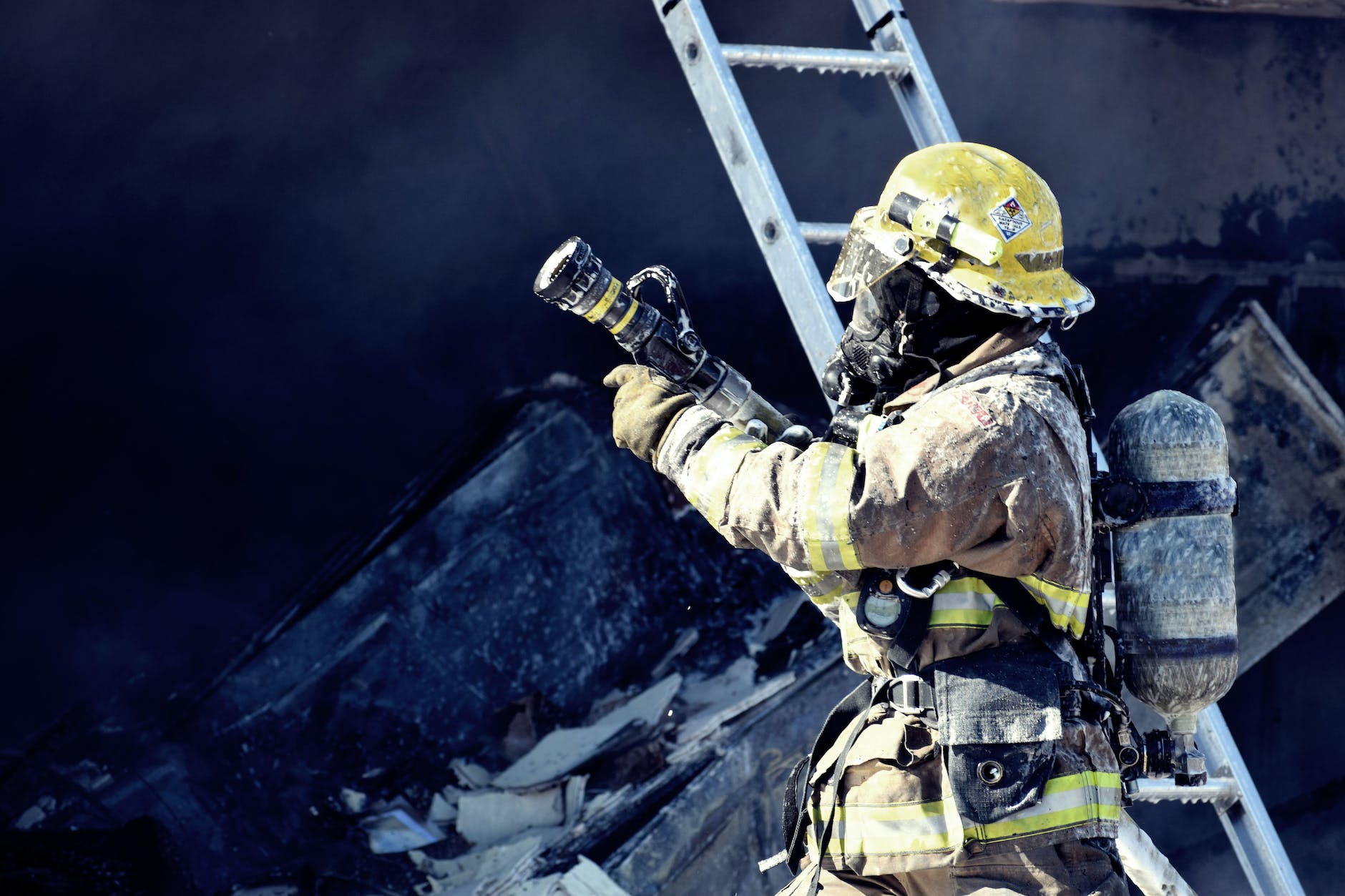
Confined Space Rescue: Planning and Emergency Procedures
Introduction
Confined spaces pose unique challenges and hazards that require meticulous planning and execution of rescue operations. Whether in industrial settings, construction sites, or other workplaces, having a well-thought-out confined space rescue plan is crucial for ensuring the safety of workers. This article explores the importance of planning and outlines emergency procedures for confined space rescue scenarios.
Understanding Confined Spaces and Associated Risks
- Definition of Confined Spaces
- Enclosed Spaces: Confined spaces are typically enclosed areas with limited access and egress points.
- Not Designed for Continuous Occupancy: These spaces are not designed for continuous occupancy due to their size and other environmental factors.
- Common Confined Space Hazards
- Lack of Oxygen: Some confined spaces may have limited oxygen levels, leading to the risk of asphyxiation.
- Presence of Toxic Gases: Confined spaces may contain hazardous gases or chemicals that pose respiratory dangers.
- Physical Obstructions: The confined nature of these spaces can involve physical hazards, such as tight spaces or the potential for entrapment.
- Legal and Regulatory Compliance
- OSHA Requirements: Occupational Safety and Health Administration (OSHA) regulations mandate employers to develop and implement confined space programs, including rescue plans.
- Training Requirements: Proper training for personnel involved in confined space work is essential for compliance and safety.
Confined Space Rescue Planning
- Identify Confined Spaces
- Comprehensive Site Assessment: Conduct a thorough assessment to identify all confined spaces on the site.
- Document Locations: Maintain a detailed list and map of confined spaces, highlighting potential hazards.
- Evaluate Risks and Hazards
- Risk Assessment: Assess the specific risks and hazards associated with each confined space.
- Prioritize Spaces: Prioritize confined spaces based on the level of risk and potential severity of hazards.
- Implement Control Measures
- Elimination or Control: Implement measures to eliminate or control identified hazards.
- Ventilation Systems: Ensure proper ventilation to address issues such as low oxygen levels or the presence of toxic gases.
- Rescue Team Formation
- Designate Trained Rescue Teams: Establish specialized confined space rescue teams with proper training.
- Communication Protocols: Define clear communication protocols between rescue teams and other personnel.
- Emergency Equipment and Tools
- Availability of Equipment: Ensure the availability and readiness of necessary rescue equipment, such as harnesses, ropes, communication devices, and personal protective equipment (PPE).
- Regular Inspections: Conduct regular inspections and maintenance of rescue equipment to ensure functionality.
Confined Space Emergency Procedures
- Immediate Alert and Communication
- Emergency Signal: Establish a distinct emergency signal to alert all personnel in the vicinity.
- Communication Systems: Utilize reliable communication systems to quickly notify emergency services and on-site personnel.
- Isolation and Lockout/Tagout
- Isolate the Space: Immediately isolate the confined space to prevent further entry.
- Lockout/Tagout Procedures: Implement lockout/tagout procedures to secure energy sources and equipment.
- Rescue Team Activation
- Prompt Response: Activate the trained confined space rescue team promptly.
- Coordinated Efforts: Ensure coordination between the rescue team and other emergency services if required.
- Initial Assessment and Entry
- Assess Conditions: The rescue team must conduct an initial assessment of conditions inside the confined space.
- Safe Entry Protocols: Follow established safe entry protocols, including atmospheric monitoring and equipment checks.
- Patient Stabilization and Extrication
- Stabilize Injured Personnel: If there are injured personnel, provide necessary stabilization measures.
- Methodical Extrication: Perform a methodical and safe extrication of individuals from the confined space.
- Post-Rescue Evaluation and Reporting
- Medical Evaluation: Conduct post-rescue medical evaluations for all involved personnel.
- Incident Reporting: Document and report the rescue operation, including lessons learned and areas for improvement.
Conclusion
Confined space rescue planning is a critical component of overall safety in workplaces with confined spaces. By understanding the risks, implementing control measures, and having a well-organized rescue plan, employers can ensure the swift and effective response to emergencies. Regular training, equipment maintenance, and adherence to safety regulations contribute to a safer work environment.
Confined Space Hazards and Control Measures
Confined Space Toolbox Talk Meeting
How To Make JSA for Confined Space Activity
Frequently Asked Questions (FAQs)
- Why is confined space rescue planning important?
- Confined space rescue planning is crucial to ensure the safety of workers in enclosed spaces with potential hazards. It involves identifying risks, implementing control measures, forming rescue teams, and establishing emergency procedures for swift and effective response.
- What are common hazards associated with confined spaces?
- Common hazards in confined spaces include lack of oxygen, presence of toxic gases, physical obstructions, and potential for entrapment. Identifying and addressing these hazards is essential for safe operations.
- How can confined space risks be controlled?
- Confined space risks can be controlled by implementing measures such as proper ventilation, isolation of spaces, and the use of personal protective equipment (PPE). Elimination or control of identified hazards is a key aspect of risk management.
- What should be included in confined space emergency procedures?
- Confined space emergency procedures should include immediate alert and communication, isolation and lockout/tagout, activation of rescue teams, initial assessment and entry protocols, patient stabilization and extrication measures, and post-rescue evaluation and reporting.
- Why is confined space rescue team training important?
- Confined space rescue team training is crucial to ensure that team members are equipped with the necessary skills and knowledge to respond effectively to emergencies. Training includes proper use of equipment, communication protocols, and coordination with other emergency services.
























